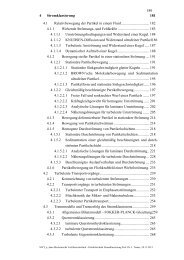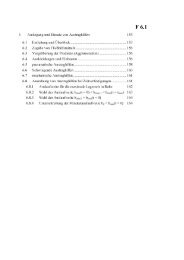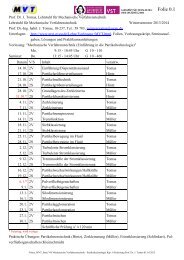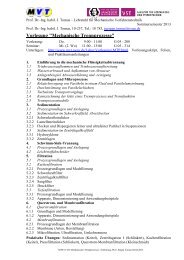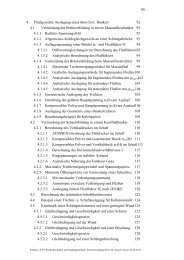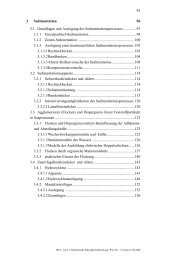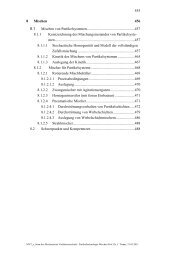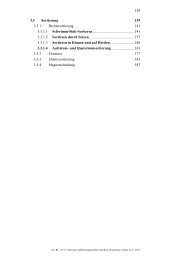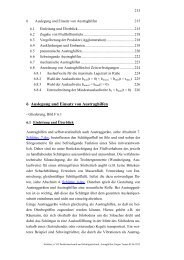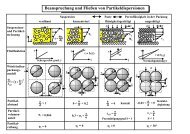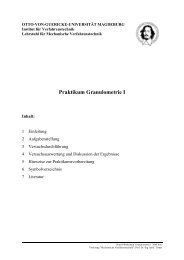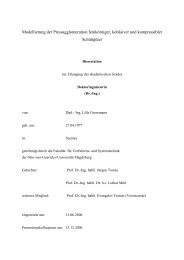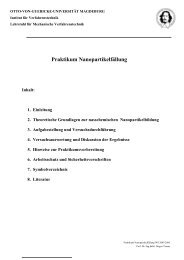Abstract Keywords:
Abstract Keywords:
Abstract Keywords:
Create successful ePaper yourself
Turn your PDF publications into a flip-book with our unique Google optimized e-Paper software.
cncrete is associated with very complicated failures, as characterized by initiation,<br />
propagation and coalescence of microcracks [16,17].<br />
Numerical Simulations<br />
The initiation of the crack can be considered as the effect of stresses generated<br />
inside the concrete ball. Hence, the study of stresses inside the ball will provide the<br />
insight to the crack initiation and propagation. The best way to analyse the<br />
generation and distribution of stresses during impact in the concrete ball is through<br />
the continuum approach. The 2 Dimensional continuum analysis is carried out with<br />
central impact loading condition to understand the stress pattern distributions before<br />
cracking rather than to stick in numerical play. In reality, the continuum approach is<br />
not suitable for the analysis of particle compound as continuum theory assumes the<br />
material as continuous, homegeneous and isotropic which are totally inapplicable<br />
with particle compound. However, the continuum analysis is done with finite element<br />
analysis software called ANSYS.<br />
For the ANSYS model, a 2 Dimensional concrete ball of radius 150 mm is allowed to<br />
impinge on the target by the velocity of 50 m/s. The ball has 825 number of<br />
plane182 type elements. The contact is surface to surface contact. Elastic modulus is<br />
15 kN/mm 2 , density is 2382 kg/m 3 , poission’s ration is 0.28. The model material is<br />
assumed to have the stress-strain relationship as shown in figure 1.<br />
To understand the stress pattern distribution inside the concrete ball, the single<br />
velocity, 50 m/s, impaction is sufficient. Hence, only one impact velocity is mentioned<br />
for the continuum analysis, here, in this report as with the same parameters with<br />
only change in velocities causes the change in numerical value of the stresses rather<br />
than the stress patterns.<br />
Figure 1. shows the assumed material type for the FEA for ball.



